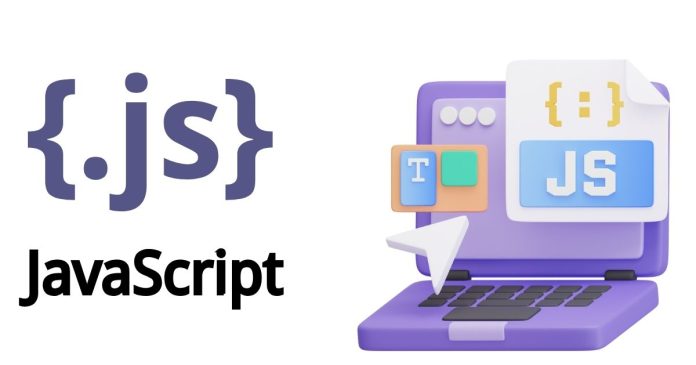In JavaScript, functions are first-class objects, which means that they can be passed around and used as arguments to other functions. This allows for powerful patterns such as callbacks, higher-order functions, and event-driven programming.
Passing a function as a parameter is a common technique used in JavaScript to create more flexible, reusable, and modular code. This article will explain how to pass a function as a parameter, provide examples, and explore the benefits and use cases of this pattern.
1. What Does it Mean to Pass a Function as a Parameter?
In JavaScript, when you pass a function as a parameter, you are essentially giving the receiving function the ability to call the passed-in function as part of its execution. Functions can be passed just like any other variable or object, and can even be invoked later within the receiving function.
Syntax:
In this example, callbackFunction is the function passed as an argument to receivingFunction.
2. Example: Basic Function Passed as Parameter
Let’s look at a simple example where we pass a function as a parameter and execute it inside another function.
Example:
Explanation:
- The
greetfunction takes anameparameter and logs a greeting message. - The
executeFunctionfunction takes another functioncallbackas its parameter and calls it with the argument"Alice". - When
executeFunction(greet)is called, it invokes thegreetfunction inside it, passing the string"Alice".
Output:
3. Using Anonymous Functions as Parameters
Instead of defining a function beforehand, you can pass an anonymous function (or inline function) as a parameter. This is commonly done with callbacks when you need to execute a small piece of logic at a later time.
Example:
Explanation:
processDatatakes a callback function and passesdatato it.- The anonymous function that we pass calculates the sum of the numbers in the
dataarray.
Output:
4. Using Arrow Functions as Parameters
Arrow functions provide a more concise syntax for passing functions as parameters. Arrow functions are especially useful when you want a short function for a specific task.
Example:
Explanation:
- The
filterNumbersfunction filters an array of numbers using the callback function provided. - An arrow function
num => num % 2 === 0is passed to check if a number is even.
Output:
5. Using Functions to Handle Events
Passing functions as parameters is especially useful in event handling, where the passed function will be executed when a specific event occurs. This is common in DOM manipulation, user interactions, and asynchronous programming.
Example: Event Handling
Explanation:
- When the button with the ID
myButtonis clicked, thebuttonClickHandlerfunction is invoked with the event as an argument.
6. Using Functions to Create Higher-Order Functions
A higher-order function is a function that either takes one or more functions as arguments, returns a function as its result, or both. This allows for dynamic and reusable code.
Example: Creating a Higher-Order Function
Explanation:
multiplyByis a higher-order function that takes a numberfactorand returns a new function.- The returned function takes a number and multiplies it by the
factorprovided earlier. - The code demonstrates how higher-order functions can generate reusable behavior.
7. Benefits of Passing Functions as Parameters
- Modularity and Reusability: Functions can be reused in multiple contexts without modifying the original function. You can create generic functions and pass specific logic when needed.
- Flexible Code: Functions can accept different behaviors by passing different callback functions, which makes the code more dynamic and adaptable.
- Asynchronous Operations: Functions passed as parameters are often used in callbacks, promises, or async/await, enabling handling of asynchronous tasks such as fetching data from an API.
- Cleaner Code: Passing functions as parameters can help make the code more readable and concise, reducing the need for repetitive code.
Conclusion
In JavaScript, passing a function as a parameter is a powerful feature that allows you to create dynamic, reusable, and flexible code. Whether you are working with callbacks, event handlers, or higher-order functions, this technique can help simplify complex logic and improve code organization. By mastering this concept, you can write cleaner and more maintainable JavaScript code.


